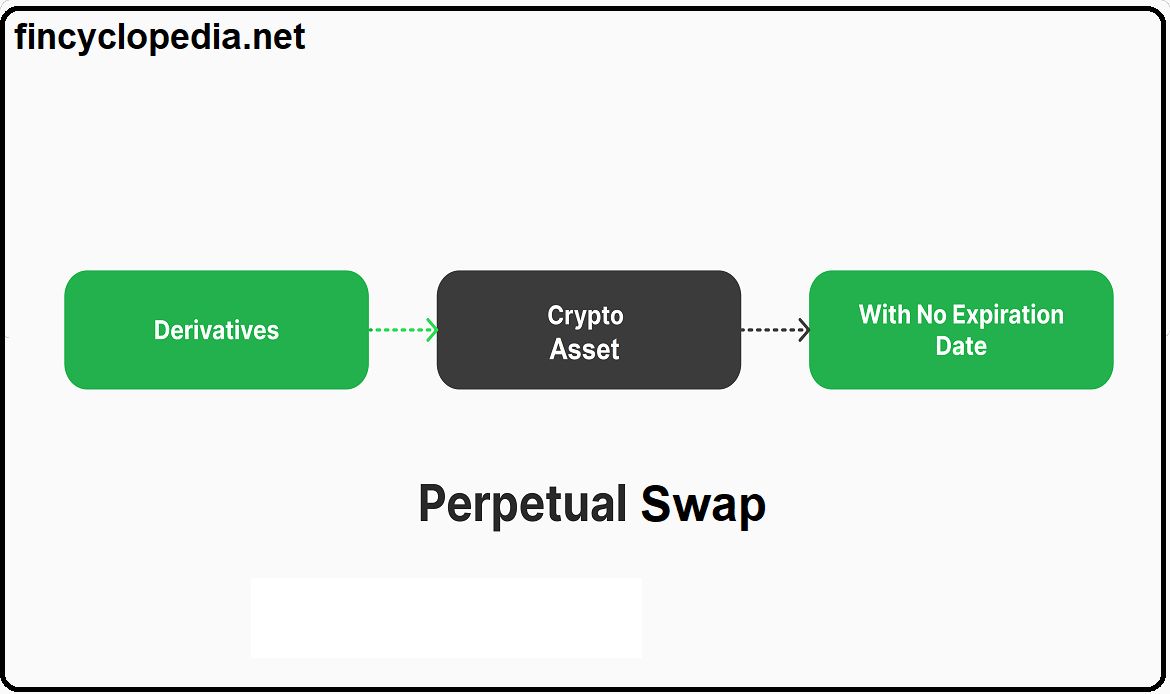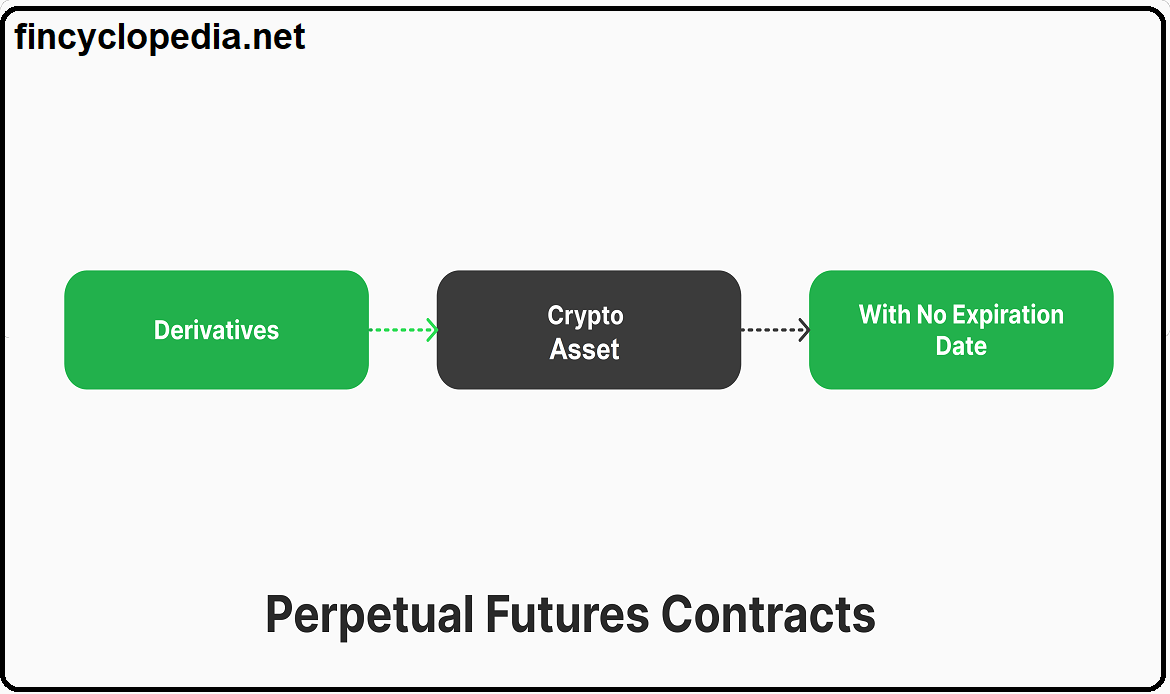An interest rate swap in which the floating rate leg resets according to a predetermined schedule or a designated reference index. That is, the floating rate leg readjusts more frequently than the payments. Originally, it is a type of in-arrears swap in which the received leg pays coupons depending on the average of an underlying reference rate. More specifically, the floating-rate payments are an average of the floating rates that have been in effect since the last payment.
A variant on average rate swap is a semi-annual swap where payments are based on a weighted average of monthly rates. The average rate swap comes in two different types according to the averaging method: arithmetic average rates and overnight average rates. For example, a company may need to convert a debt from floating to fixed for the next two years. Therefore, it would pay a fixed rate and receive LIBOR, based on a weighted average for two years. The weighted average may use 3-month LIBOR resettings over the swap term.
This swap is also known as an average rate swap.





